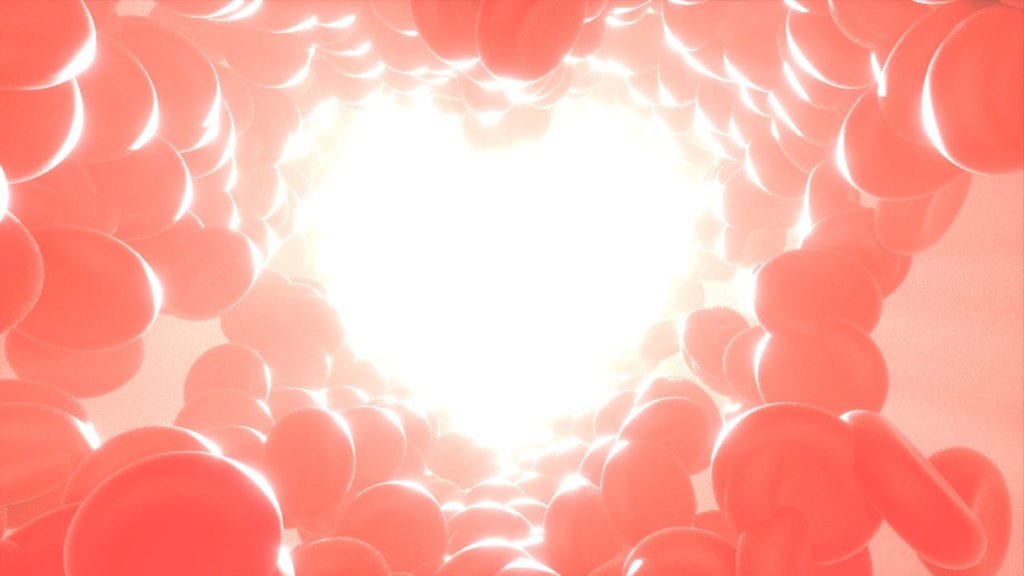On the field, Running Back (RB) Tevin Coleman has done some amazing things. He has played in 94 games, gained 3,319 rushing yards, and scored 25 touchdowns. Off the field, Coleman is just as impressive—especially when it comes to raising sickle cell disease (SCD) awareness.
According to an article in Movie Guide, both Coleman and his wife Akilah learned years ago that they were carriers of the sickle cell trait (SCT). While Akilah is asymptomatic, Coleman began experiencing some symptoms—such as fatigue—in college. Learn more about what it means to be a SCT carrier.
The Coleman Family Story
In 2017, Coleman and Akilah welcomed their twins—Nazaneen and Nezerah—into the world. Nezerah was not born with sickle cell disease. However, Nazaneen began showing some potential symptoms quickly after her birth. After about four months of varied tests, Nazaneen was officially diagnosed with SCD.
Over the past few years, Coleman and Akilah have been caring for Nazaneen as best as they can. Early treatment helped to reduce the risk of potential SCD complications, which you can learn more about from Sickle Cell Speaks. But as Nazaneen grew older, the family realized that they wanted to keep her informed about SCD—and reduce any associated stigma.
Both parents have spoken with Nazaneen about the importance of caring for her body. While they are waiting until she is slightly older to give her more SCD-specific information, Akilah has told Nazaneen to let her know if she is ever feeling any symptoms such as pain or swelling.
Moving forward, the Coleman family aims to continue supporting their daughter and raising awareness. Dealing with a rare, chronic, or underserved condition can be overwhelming and, at times, isolating. By sharing their story, the Coleman family hopes that nobody will ever feel alone or as though they lack a community. They want people to know that they are not alone, that they are facing this fight together.
What is Sickle Cell Disease (SCD)?
Sickle cell disease is an inherited blood disorder characterized by malformed, sickle-shaped red blood cells. There are several SCD subtypes, the most common and severe of which is sickle cell anemia (SCA). Sickle cell gene mutations cause SCD. These mutations cause hemoglobin to form into stiff rods, changing the shape of the blood cells. The sickle-shaped blood cells get stuck along the walls of blood vessels. In addition to causing blockages, these cells restrict blood flow. An estimated 70,000-100,000 people in the United States have SCD. It is more common in people of African-American descent.
Both children and adults experience similar symptoms, though symptoms tend to be constant in adults and only experienced during pain crises in children. Symptoms related to SCD can, but do not always, include:
- Pain crisis (an attack of sudden, severe pain)
- Frequent infections
- Swelling of the hands and feet
- Vision problems
- Anemia (low red blood cell count)
- Fatigue
- Jaundice (yellowing of the skin, eyes, and mucous membranes)
- Delayed growth
- Organ damage
Treatment options for sickle cell disease can include bone marrow and blood transplants, antibiotics, hydroxyurea, blood transfusions, and pain relievers.








